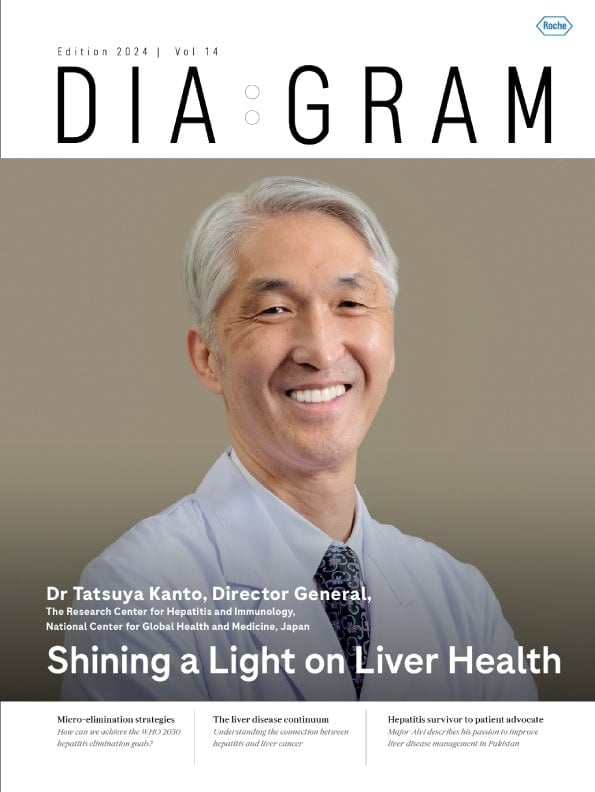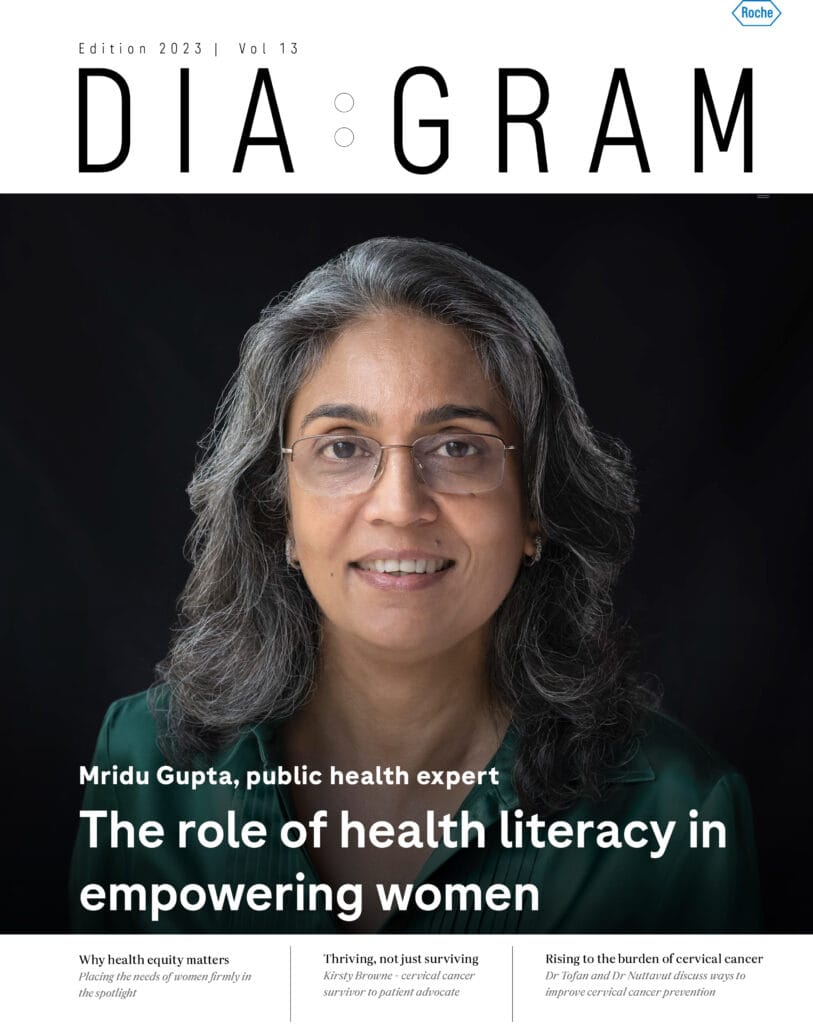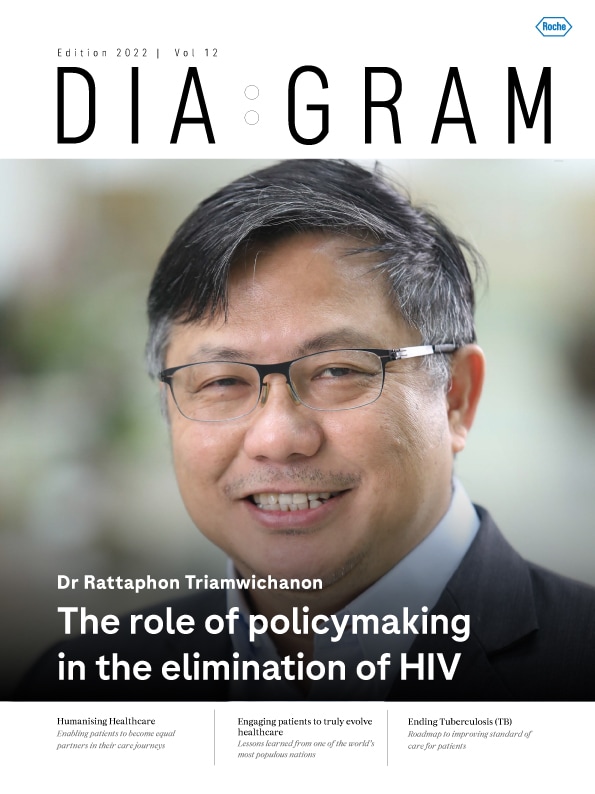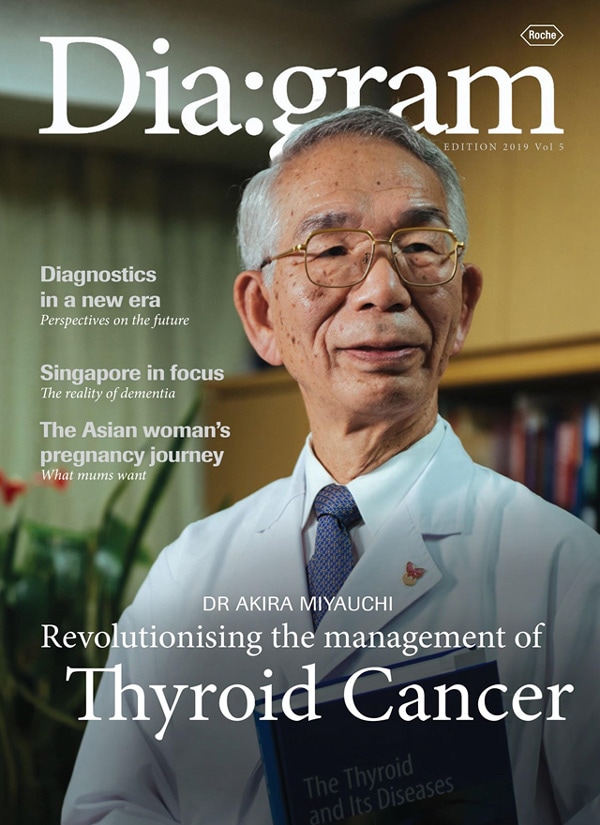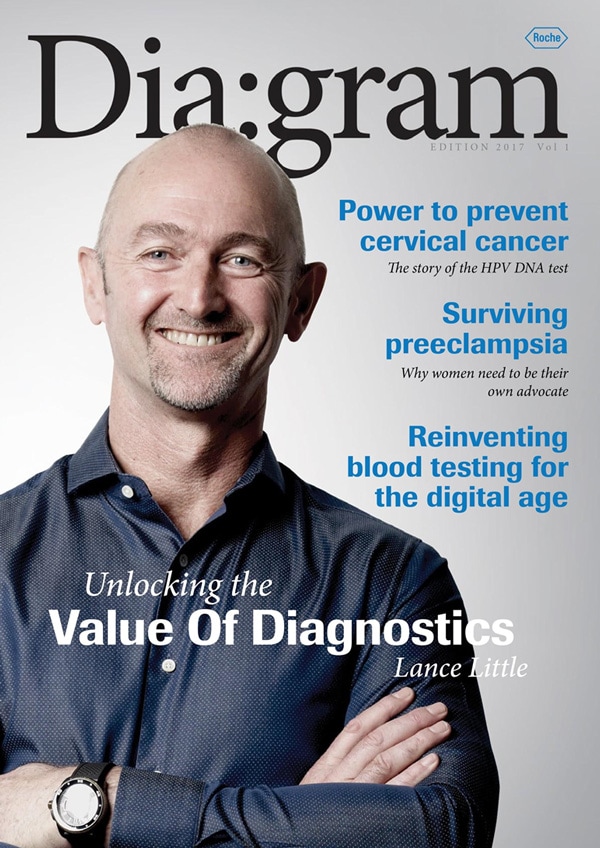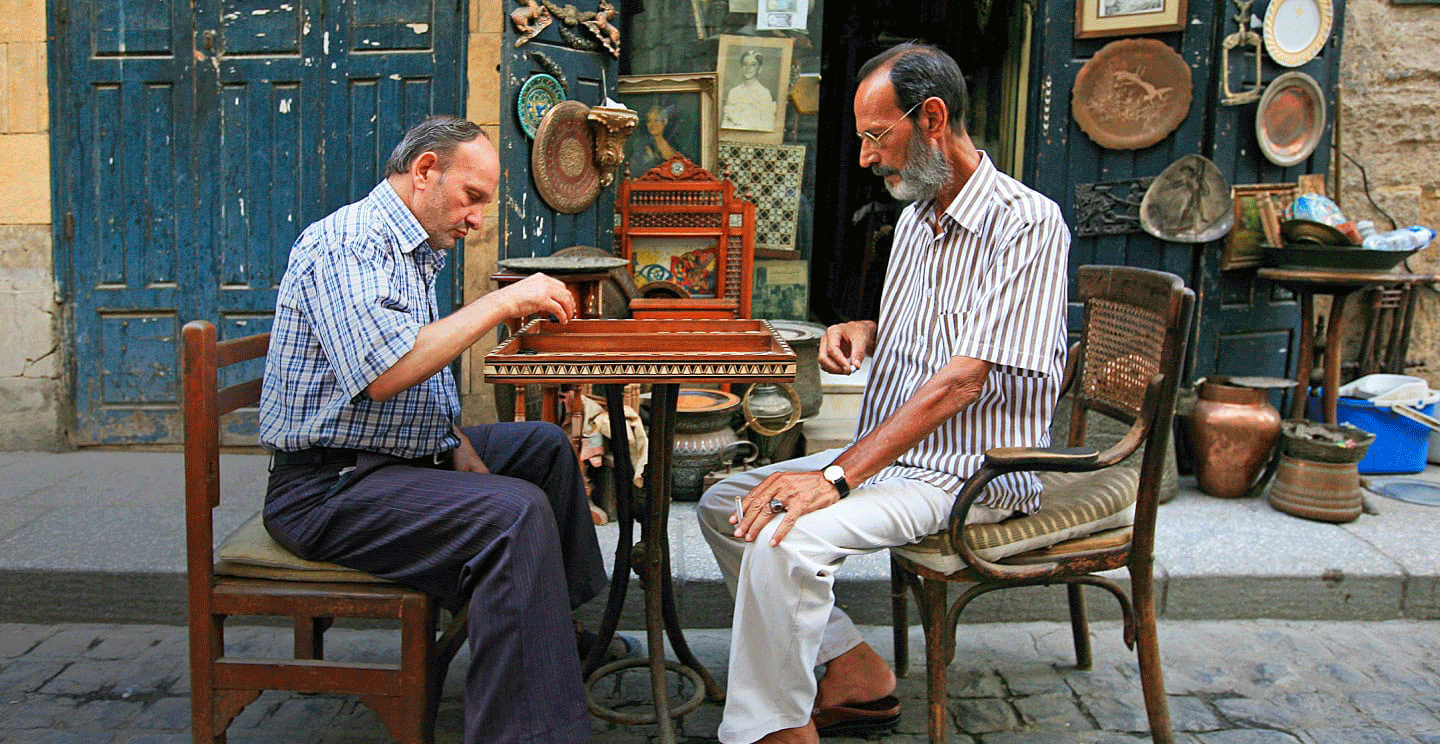
The global burden of hepatitis C is particularly significant in low and middle-income countries like Egypt and Pakistan. With the support of the World Health Organization, both countries have achieved significant success in the screening and treatment of millions of individuals.
Hepatitis C is a severe global public health problem; around 71 million people worldwide live with the hepatitis C virus but most of the disease burden can be found in low and middle-income countries. In Egypt, the country with the highest burden of hepatitis C, 10% of the population aged 15–59 years (up to 10 million people)1 have a chronic infection. Pakistan has the second-highest infection rate2 with more than 12 million people.3 The high rate of hepatitis C in both countries stems from unsafe healthcare practices4 such as the misuse of intravenous injection needles, often without being aware of it. With the WHO’s call to eliminate hepatitis by 2030, the governments of Egypt and Pakistan have stepped up alongside other healthcare ecosystem partners to support the establishment of sustainable elimination programs to eliminate hepatitis C and provide robust and dependable diagnostic solutions.
Understanding the problem in Egypt
Egypt’s high rate of hepatitis cases stemmed from unsafe IV injection practices for the treatment of schistosomiasis, a disease caused by parasitic worms, from the 1950s to the 1980s.5,6 In 2015, it was estimated that 6.3% of the population was living with hepatitis.7 Faced with tremendous healthcare and economic burden, in 2006, Egypt’s Ministry of Health and Population (MOHP) created the National Committee for the Control of Viral Hepatitis (NCCVH) to help combat this vast epidemic.8 With assistance from the World Health Organization (WHO), U.S. Centres for Disease Control and Prevention (CDC), and other stakeholders, the MOHP released the “Plan of Action for the Prevention, Care & Treatment of Viral Hepatitis, Egypt, 2014-2018” as a set of guidelines to battle hepatitis C and other forms of hepatitis.8 From 2014 to 2018, two million hepatitis patients were treated, but most of the infected were still undiagnosed. In 2018, Egypt embarked on an ambitious screening and treatment program, known as ‘100 million healthier lives’, to detect and eliminate hepatitis by 2023.9 Individuals positive for hepatitis antibodies were confirmed by PCR testing and treated with antiviral therapy.5 With its current success in battling hepatitis, Egypt is now focusing on continued healthcare support, awareness, and education both locally and internationally.
Download the infographic on the hepatitis elimination program in Egypt here.
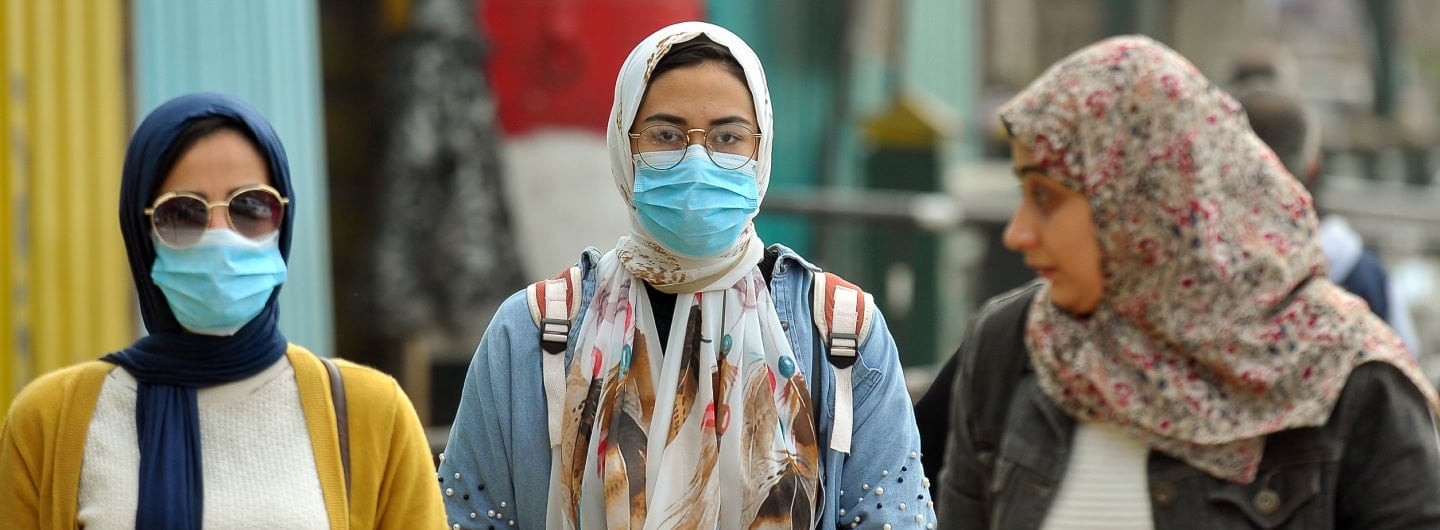
Developing hepatitis elimination programs in Pakistan
Lessons learned from Egypt’s hepatitis elimination strategies helped to shape Pakistan’s national hepatitis elimination program through collaborations with private and public stakeholders in the country. In 2019, the Pakistani government announced its hepatitis elimination program, with an ambitious goal to screen 138 million people by 2030. The use of high-throughput molecular PCR systems in northern, central and southern areas of Pakistan has been playing a key role in strengthening the diagnostics infrastructure across the country along with the development and delivery of health economic research and awareness campaign materials across various media platforms to support decision making. The disease elimination program included targeted activities and collaborations with local NGOs, conducting local clinical studies and rolling out of these awareness campaigns across the country.
Download the infographic on Pakistan’s hepatitis elimination program here.
Nationwide upsurge in hepatitis screening in Egypt and Pakistan
By the end of 2019, the hepatitis elimination program had wide success all over Egypt, and the number of hepatitis tests started to decrease accordingly. As of July 2020, Egypt had screened more than 60 million people for hepatitis. As of March 2022, over 460,000 people in Pakistan have been screened through the hepatitis control programs led by the provincial governments of Punjab and Sindh.
These impressive results demonstrate what can be achieved through a nationwide hepatitis screening, monitoring, and treatment campaign by a country with extensive domestic and international collaboration.
References:
- Elbahrawy A, Ibrahim MK, Eliwa A, Alboraie M, Madian A, Aly HH. Current situation of viral hepatitis in Egypt. Microbiol Immunol. 2021 Sep;65(9):352-372. doi: 10.1111/1348-0421.12916. Epub 2021 Aug 21. PMID: 33990999.
- The Lancet. The cost of eliminating Hepatitis C in Pakistan. Accessed April 3, 2024. https://doi.org/10.1016/S2214-109X(20)30036-X
- Mahmud, S., Al Kanaani, Z. & Abu-Raddad, L.J. Characterization of the hepatitis C virus epidemic in Pakistan. BMC Infect Dis 19, 809 (2019). https://doi.org/10.1186/s12879-019-4403-7
- Heiza M, Elmola K, Salama B. Unsafe Practices Associated with hepatitis Infection Among Adults: A Case Control Study. Int J Prev Med. 2021 Jun 18;12:60. doi: 10.4103/ijpvm.IJPVM_94_20. PMID: 34447502; PMCID: PMC8356959.
- Waked I. et al. N Engl J Med. 2020 Mar 19;382(12):1166-1174.
- World Bank. Eliminating hepatitis C from Egypt: 2017 update on current trends and policy recommendations. Washington DC: The World Bank; 2017 (http://documents.worldbank.org/curated/en/164381517333701631/pdf/123068-WP-P157533-PUBLIC-Eliminating-Hepatitis-C-from-Egypt-2017-Update.pdf). Accessed January 2023.
- Ministry of Health and Population [Egypt], El-Zanaty and Associates [Egypt], ICF International. Egypt Health Issues Survey 2015. Cairo, Rockville, MD: Ministry of Health and Population, ICF International; 2015.
- World Health Organisation, Eastern Mediterranean Health Journal. http://www.emro.who.int/images/stories/egypt/VH_Plan_of_Action_FINAL_PRINT1.pdf. Accessed January 2023.
- Roche. Egypt’s Road to Eliminating Hepatitis C Virus Infection – A Story of Success. Accessed April 3, 2024.https://diagnostics.roche.com/global/en/article-listing/egypt-s-road-to-eliminating-hepatitis-c-virus-infection—a-stor.html

